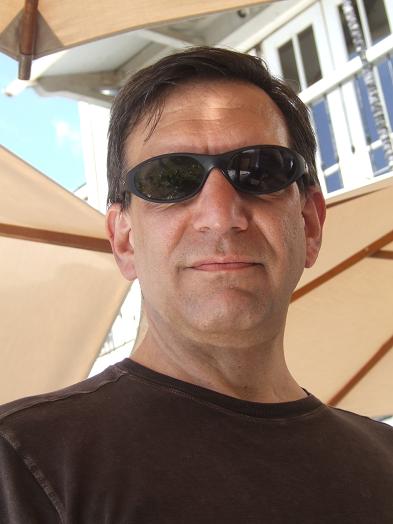“This is a scary storm. If it gets any worse, we'll enter into uncharted territory.” That’s a quote about some very unusual weather in the last few days. But not out west, in Kansas, not even in the US or on Earth. A giant dust storm now covers most of the southern hemisphere of Mars, reducing direct sunlight to the planet’s surface by nearly 99 percent. The remarks were made by Mark Lemmon, a planetary scientist at Texas A and M University. The lack of sunlight means the Mars Exploration Rovers may be unable to generate enough solar power to replenish their batteries.
The journal Nature says that bright, windblown dust and sand particles lower Mars’s albedo, the proportion of sunlight reflected from the planet’s surface. Not to be confused with libido, albedo, which curiously is not in Microsoft Word’s dictionary, is derived from albus, a Latin word for “white.”
An object that reflects no light has an albedo of zero. Charcoal, for example, has an albedo of 4%. Snow is 90%: it reflects 90% of the light that hits it. On average across their surfaces, the albedo of Earth is 36%, the Moon 12%, and Uranus 93%.
A body with lower albedo absorbs more heat. As the albedo on Mars decreases due to dust storms, its temperature rises. Voila! Global warming. Here’s one strange fact useful for folks who like to debate global warming: Trees tend to have a low albedo, so removing forests would tend to increase albedo and cool the planet.
Speaking of global warming debates, no studies have yet been performed on the change in albedo from a Prius being driven 100 mph by an intoxicated driver.
Friday, July 6, 2007
Subscribe to:
Post Comments (Atom)


No comments:
Post a Comment